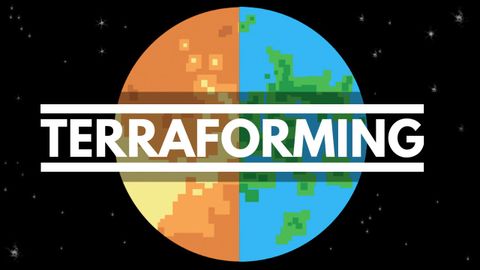
Subtitles & vocabulary
How Could We Create A Second Earth?
00
g2 posted on 2016/11/02Save
Video vocabulary
ice
US /aɪs/
・
UK /aɪs/
- Uncountable Noun
- Frozen gas or liquid, esp. water
- Sweet food made of frozen cream, or juices
- Transitive Verb
- To make something cold by putting on frozen water
- To spread a sweet and creamy substance on a cake
A1
More life
US /laɪf/
・
UK /laɪf/
- Noun (Countable/Uncountable)
- All the living things e.g. animals, plants, humans
- Period of time things live, from birth to death
A1
More water
US /ˈwɔtɚ, ˈwɑtɚ/
・
UK /'wɔ:tə(r)/
- Uncountable Noun
- Clear liquid that forms the seas, rivers and rain
- Large area such as an ocean or sea
- Intransitive Verb
- (Of the eyes) to produce tears
- (Mouth) to become wet at the thought of nice food
A1
More sun
US /sʌn/
・
UK /sʌn/
- Noun (Countable/Uncountable)
- Light and heat coming from a large star in the sky
- Hot shining star the Earth moves around
- Intransitive Verb
- To lie in the sunshine and enjoy its warmth
A1
More Use Energy
Unlock All Vocabulary
Unlock pronunciation, explanations, and filters
